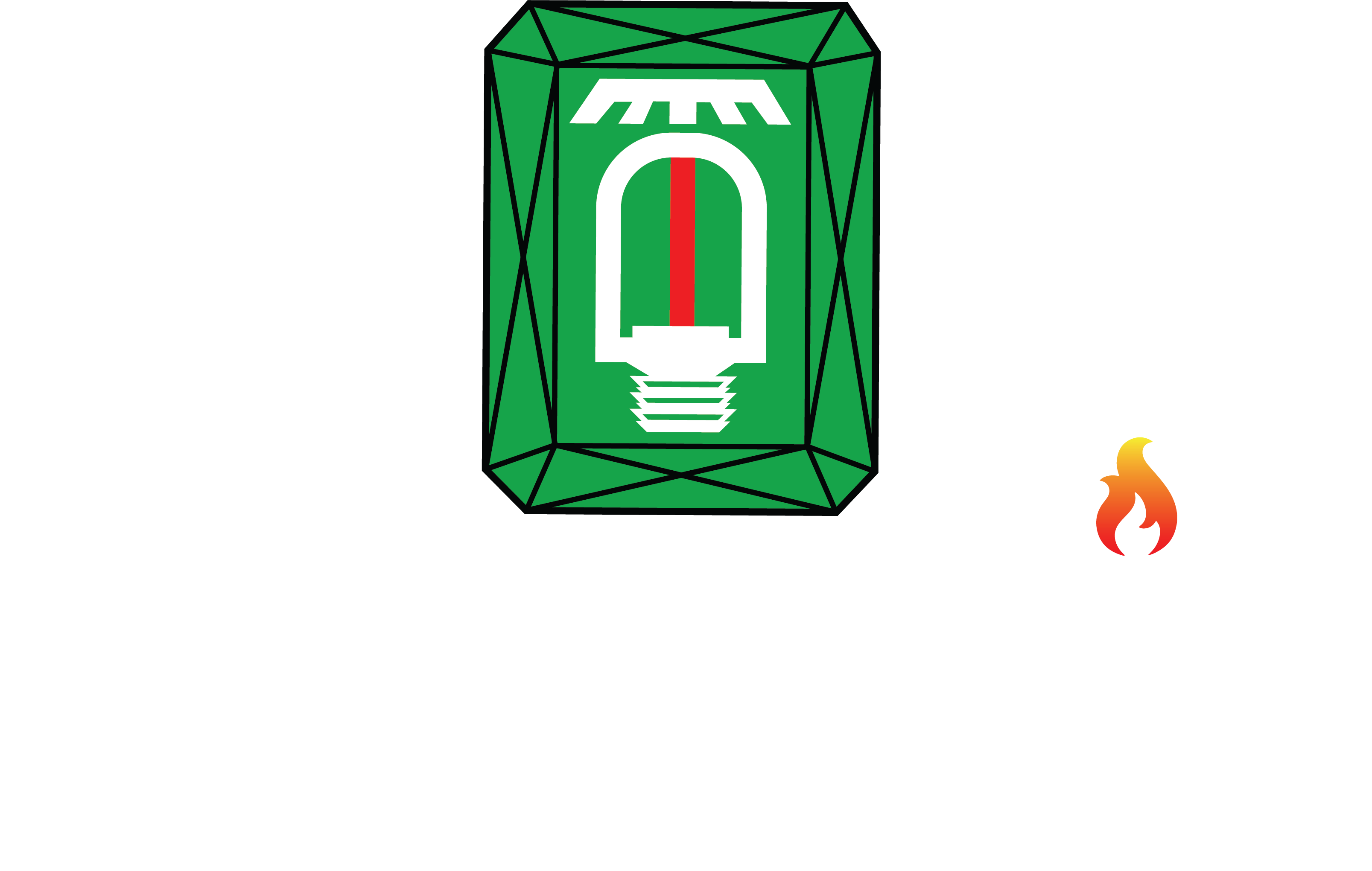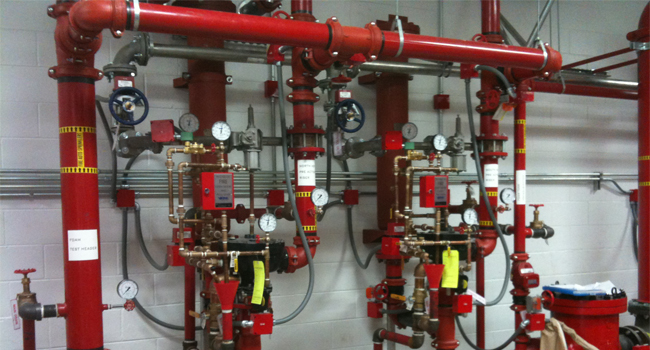Have Questions? Of Course You Do. Here’s A Quick Q & A.
What is a Sprinkler System?
A fire sprinkler system is an integrated system of underground and overhead piping designed in accordance with fire protection engineering standards. The installation includes one or more automatic water supplies. The portion of the sprinkler system aboveground is a network of specially sized or hydraulically designed piping installed in a building, structure, or area, generally overhead, and to which sprinklers are attached in a systematic pattern. The valve controlling each system riser is located in the system riser or its supply piping. Each sprinkler system riser includes a device for actuating an alarm when the system is in operation. The system is usually activated by heat from a fire and discharges water over the fire area.
How do Sprinklers Operate?
Automatic fire sprinklers are activated by heat and tied into a network of pipes with water under pressure. When the heat of a fire raises the sprinkler temperature to its operating point (usually 165∞ F) a solder link will melt or a liquid-filled glass bulb will shatter to open that single sprinkler, releasing water directly over the source of the fire. Because they operate automatically, fire sprinklers prevent a fire fromgrowing, while sounding an alarm. It is the ability of the sprinkler systems to control or extinguish fires in their early stages that makes them such a critical tool in fire protection strategy. Accidental discharge of sprinklers is a rarity with an average of only 1 in 16,000,000 defects detected per year. Reports of water damage from sprinklers are often exaggerated. The amount of water needed to douse an unsprinklered building fire is usually tens to hundreds of times morethan that which sprinklers would have discharged. Fire damage is also many times greater.
What are the Benefits of a Sprinkler System?
Simply put, fire sprinklers save lives. They go to work immediately and keep a fire small, thereby reducing the danger of intense heat and smoke trapping a building’s occupants. Aside from fire fighting and explosion fatalities, there has never been a multiple loss of life in a fully automated building. By restricting the area exposed to fire, there is a reduction in the amount of property loss.
Automatic Fire Sprinkler: A sprinkler containing a heat-responsive element that when actuated allows water (or water based) discharge.
Open Fire Sprinkler (or open nozzle): A sprinkler that does not have a heat-responsive element. Water (or water based) discharge occurs when water is present in the piping connected to the open sprinkler or nozzle.
Common Types of Sprinkler Systems
Wet Pipe Sprinkler System: A sprinkler system employing automatic sprinklers attached to a piping system containing water and connected to a water supply so that water discharges immediately from sprinklers opened by heat from a fire.
Dry Pipe Sprinkler System: A sprinkler system employing automatic sprinklers that are attached to a piping system containing air or nitrogen under pressure, the release of which (as from the opening of a sprinkler by heat from a fire) permits the water pressure to open a valve known as a dry pipe valve, and the water then flows into the piping system and out the opened sprinkler(s).
Preaction Sprinkler System: A sprinkler system employing automatic sprinklers that are attached to a piping system that contains air, with a supplemental detection system (smoke or heat detectors) installed in the same areas as the sprinklers. There are three distinct types of Preaction Systems.
Single Interlock Preaction: A single interlock system admits water to sprinkler piping upon operation of detection devices.
Non-Interlock Preaction: A non-interlock system admits water to sprinkler piping upon operation of detection devices or automatic sprinklers.
Double Interlock Preaction: A double interlock system admits water to sprinkler piping upon operation of both detection devices and automatic sprinklers.
Deluge Sprinkler System: A sprinkler system employing open sprinklers (or open nozzles) that are attached to a piping system that is connected to a water supply through a valve that is opened by the operation of a detection system (smoke or heat detectors) installed in the same areas as the sprinklers. When this valve opens, water flows into the piping system and discharges from all sprinklers (or open nozzles) attached thereto.
Foam Sprinkler System: Any of the previously described systems connected to a special foam concentrate reservoir at the system riser that automatically delivers a combination of foam and water when the system is activated.
Antifreeze Sprinkler System: A wet pipe sprinkler system employing automatic sprinklers that are attached to a piping system that contains an antifreeze solution and that are connected to a water supply. The antifreeze solution is discharged, followed by water, immediately upon operation of sprinklers opened by heat from a fire.

